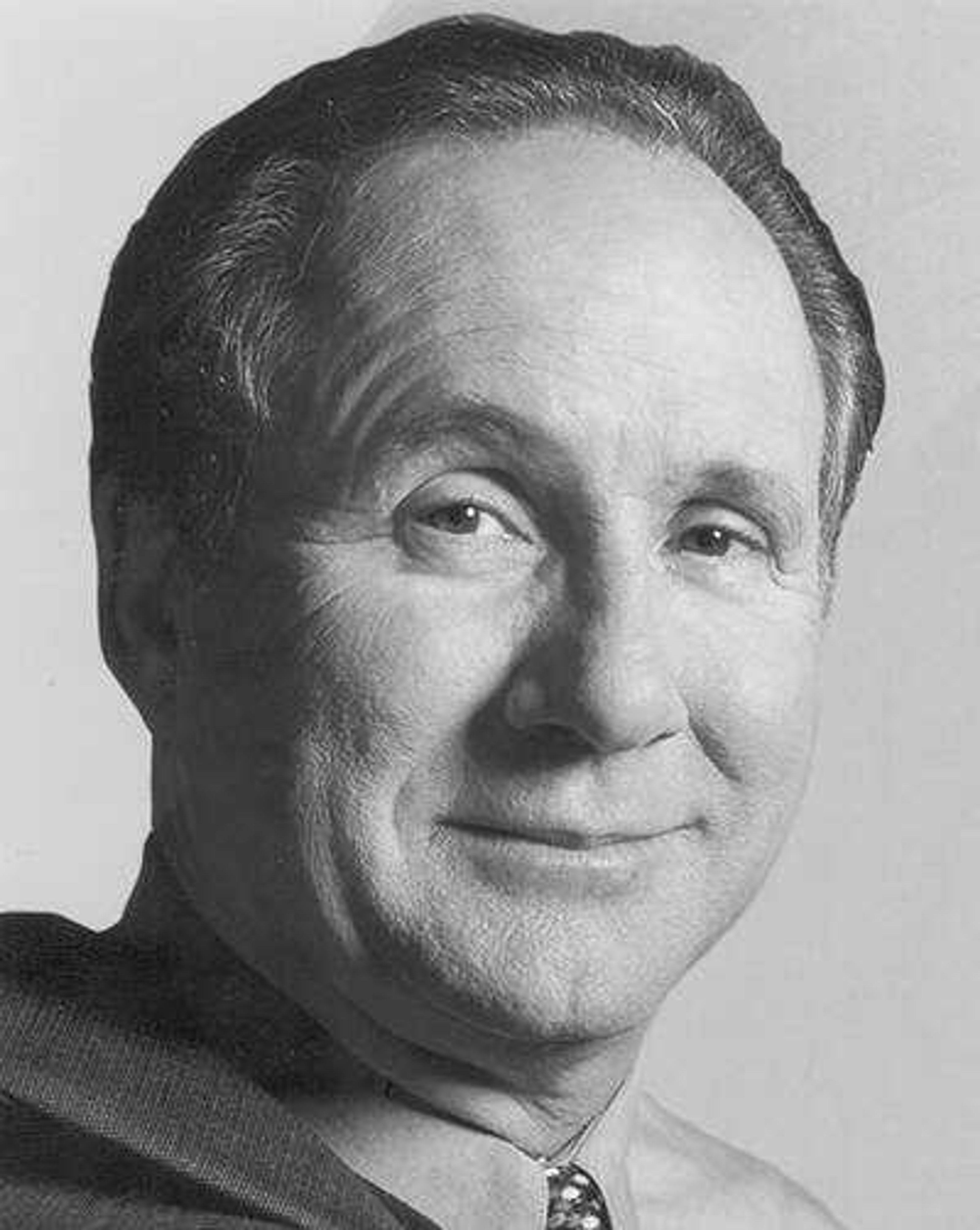Reagan: The never-ending tragedy of Los Angeles’ wildfires
Los Angeles' wildfires have left thousands struggling to rebuild their lives amid government failures. With homes and communities lost, questions arise about accountability and future prevention efforts.
The fires that destroyed so much of Los Angeles have dropped off the national media’s front pages.
The wildfires are no longer a serious threat. President Trump and the camera crews have come and gone.
And tens of thousands of Los Angeles fire victims are now out of America’s public eye and trying to do the impossible – put their lives back together.
But how do you do that when you suddenly have no house, no belongings, no neighborhood, no infrastructure, no retail stores, no hope of rebuilding any time soon – only memories?
Last week, when President Trump came to L.A. to see the devastation for himself, he learned about the incompetence of the politicians and fire officials that made the wildfires more destructive than they should have been.
He scolded Gov. Gavin Newsom and Mayor Karen Bass for their failure to do their basic jobs.
But shaming the local politicians won’t help the woman I saw on TV who was searching for a memory in the scorched rubble of the house her father built 60 years ago.
Shaming the local politicians won’t make it easier for her to find a contractor to take the charred remains of her life to a landfill.
It won’t make it easier for her to find a new place to live, either. Or do the paperwork for building permits, or fight with her insurance company for a payout that comes anywhere near the monetary or emotional value of the house she lost.
The problems faced by thousands of burned-out homeowners and renters like that woman are unimaginable.
Some people literally lost everything. I know someone who lost the valuables they had put in a safe deposit box at the Palisades branch of Bank of America.
When the bank burned down their cash and jewels – which were not insured – melted.
The wildfires that took 29 lives, destroyed more 15,000 homes and did tens of billions worth of damage were nothing new for Los Angeles.
In fact, if you read the newspaper stories about the wildfires of 1938, or see film footage of the famous Bel-Air Fire of 1961, the 2025 L.A. fires look like a disaster movie you’ve seen before.
The same dry hillsides, the same exclusive neighborhoods and the same kind of expensive homes were consumed by the same kind of wildfires that were fueled by un-cut brush and spread by hurricane-force winds.
The 1961 fires in Brentwood-Bel-Air took 484 homes owned by famous movie stars of that era, and my dad’s brother Neil, but the 2025 fires were much bigger and more democratic.
A total of about 40,500 acres of Los Angeles burned. The Eaton Fire, where 17 deaths occurred, wiped out working-class and middle-class neighborhoods in Altadena and destroyed roughly 4,300 single-family homes, plus schools, churches and businesses.
We now all know the Mother Nature story – wildfires driven by hurricane-force winds are unstoppable.
But now we also know the LA government story – an important reservoir was empty. Fire hydrants were not working or missing entirely.
Fire departments were understaffed, underfunded and poorly led. Thick brush on the hillsides was not cleared by the county.
We’ve seen that government horror movie before, too. In 1961 the state blamed the Bel-Air fire on the failure of LA County to remove brush buildups or pass regulations prohibiting wood shingles on homes in wildfire-prone areas.
Two days of rain have helped firemen contain the wildfires, but everyone knows they will be back.
The big question is, will the people in charge of state and local government do what’s necessary to prevent them from starting or make them less destructive?
And if those people don’t do their jobs, will they be fired? Will politicians or bureaucrats be held accountable for their failures? No. But there will another fire.
(My sympathies and prayers go out to the victims of the tragic airplane crash in Washington, D.C. Wednesday night.)
Michael Reagan, the son of President Ronald Reagan, is an author, speaker and president of the Reagan Legacy Foundation.
Connect with the Southeast Missourian Newsroom:
For corrections to this story or other insights for the editor, click here. To submit a letter to the editor, click here. To learn about the Southeast Missourian’s AI Policy, click here.











